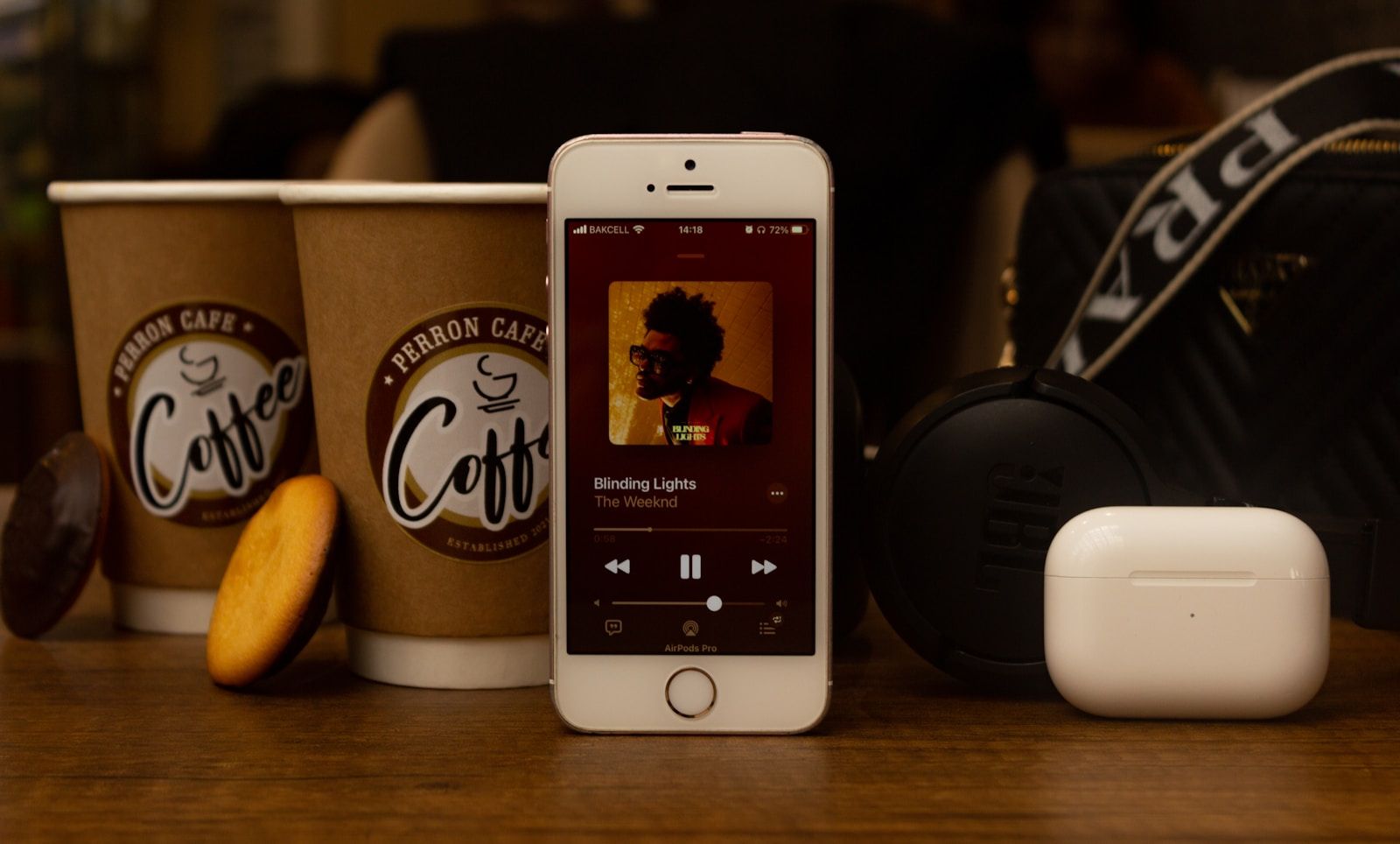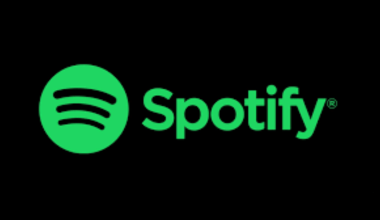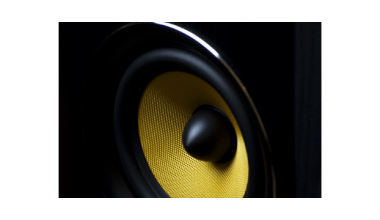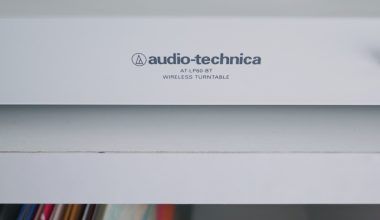Music streaming platforms have completely revolutionized how we listen to music. From Spotify to Apple Music to Amazon Music, these platforms have become the most popular way people discover and enjoy music. If you’re an artist in 2025, releasing your music on all streaming platforms isn’t just an option; it’s essential. The visibility, reach, and opportunities you can gain by having your tracks available on these platforms are unparalleled.
You might wonder, “Why do I need to be on all platforms? Can’t I just stick to one or two?” Well, different listeners use different services. By being on multiple platforms, you ensure that no matter where your audience prefers to stream, your music is accessible. In today’s competitive music industry, you don’t want to miss out on any potential fans. So let’s dive into how you can release your music on all streaming platforms in 2025.
Understanding Music Distribution in 2025
Before you can release your music, you need to understand the role of music distributors. Distributors act as the bridge between you and streaming platforms. They take your music and make sure it gets uploaded to Spotify, Apple Music, Amazon Music, Tidal, Deezer, and many more. Some even handle other services like YouTube Music and social media platforms.
In 2025, music distribution has become more streamlined than ever. Companies like TuneCore, DistroKid, and CD Baby still dominate the scene, but there are also new players offering unique features like better royalty splits and advanced analytics. Researching which distributor fits your needs is crucial. Compare costs, services, and ease of use to ensure you make the best decision.
Preparing Your Music for Release
Releasing your music on all streaming platforms in 2025 requires preparation. Start with the quality of your tracks. Streaming platforms prioritize high-quality audio, so make sure your music is professionally mixed and mastered. A polished sound can make all the difference in how your audience perceives your work.
Additionally, think about your metadata. Metadata includes details like song title, artist name, album title, release date, and genre. Accurate metadata ensures your music gets categorized correctly on streaming platforms. A simple typo can lead to lost opportunities, so double-check everything before submission.
Creating Eye-Catching Cover Art
Believe it or not, your cover art matters just as much as your music. Platforms like Spotify and Apple Music prominently display album art, and having an eye-catching design can attract more listeners. In 2025, AI tools and freelance platforms make it easier than ever to create stunning visuals, even on a budget.
When designing your cover art, ensure it’s relevant to your music’s vibe. If you’re releasing a moody indie track, choose colors and imagery that reflect that mood. On the other hand, upbeat pop songs may benefit from vibrant, bold designs. Also, make sure your artwork adheres to the technical requirements of streaming platforms, such as minimum resolution and file formats.
Setting a Release Date
Timing is everything when it comes to releasing your music. In 2025, most artists aim to release their music on Fridays, as it aligns with New Music Friday playlists on platforms like Spotify. These playlists have become a major way for listeners to discover new songs.
Plan your release date strategically. Give yourself enough time to promote your music before it goes live. A well-planned release can maximize your streams and boost your chances of being featured on playlists.
Promoting Your Music Before the Release
Once you’ve set a release date, it’s time to start promoting. Social media is your best friend here. Use platforms like Instagram, TikTok, and Twitter to build anticipation. Share snippets of your song, behind-the-scenes clips, or even a countdown to the release.
Email marketing is another effective tool. If you have a mailing list, let your fans know about your upcoming release. Include a pre-save link so they can add your song to their library before it’s even out. Pre-saves are particularly powerful because they signal interest to streaming platforms, increasing your chances of being added to curated playlists.
Distributing Your Music to All Platforms
When it’s time to distribute your music, upload your tracks and metadata to your chosen distributor. Most distributors allow you to select which platforms you want your music on. Always opt for “all platforms” to maximize your reach.
Remember, some platforms have specific requirements. For example, Spotify encourages artists to claim their Spotify for Artists profile to access analytics and promotional tools. Similarly, Apple Music has tools for artists to engage with their listeners. Take full advantage of these features to enhance your presence.
Engaging Your Audience Post-Release
Releasing your music is just the beginning. To keep the momentum going, engage with your audience after the release. Reply to comments on social media, thank your listeners for their support, and encourage them to share your music.
Streaming platforms also reward consistency. Regularly releasing new music keeps you on their radar and increases your chances of being featured on playlists. In 2025, releasing singles more frequently is often more effective than waiting to release a full album.
Analyzing Your Performance
Understanding how your music is performing on different platforms is crucial. Use the analytics tools provided by your distributor and streaming platforms to track your streams, listener demographics, and playlist placements. This data helps you identify what’s working and what isn’t.
For example, if you notice a significant number of streams coming from a specific country, consider targeting your marketing efforts there. Tailoring your strategy based on real-time data can help you grow your audience more effectively.
Collaborating with Playlists and Influencers
Getting featured on playlists can dramatically boost your streams. Reach out to independent playlist curators and pitch your song. Many curators are open to featuring indie artists, especially if your music fits their playlist’s theme.
In 2025, influencer marketing has also become a powerful tool. Partnering with influencers on TikTok, Instagram, or YouTube can introduce your music to new audiences. Even a short clip of your song in a viral video can lead to thousands of streams.
Expanding Beyond Streaming Platforms
While streaming platforms are essential, don’t forget about other opportunities. Sync licensing, for instance, allows your music to be used in movies, TV shows, and commercials. These placements can provide additional income and exposure.
Additionally, consider selling merchandise, hosting live performances, or creating exclusive content for platforms like Patreon. Diversifying your revenue streams ensures you’re not solely reliant on streaming royalties.
Staying Consistent and Patient
Success in the music industry doesn’t happen overnight. Stay consistent with your efforts, whether it’s releasing music, engaging with fans, or marketing your work. Patience is key, especially in a crowded market.
Remember, every big artist started somewhere. By focusing on quality, authenticity, and persistence, you can carve out your space in the music world.
Final Thoughts
Releasing your music on all streaming platforms in 2025 is a game-changer for reaching a global audience. With careful planning, strategic promotion, and consistent effort, you can make the most of these platforms. Whether you’re just starting or looking to grow your career, the opportunities are endless. So don’t wait—get your music ready and share it with the world today!
Related Articles:
For further reading, explore these related articles:
For additional resources on music marketing and distribution, visit DMT RECORDS PRIVATE LIMITED.





